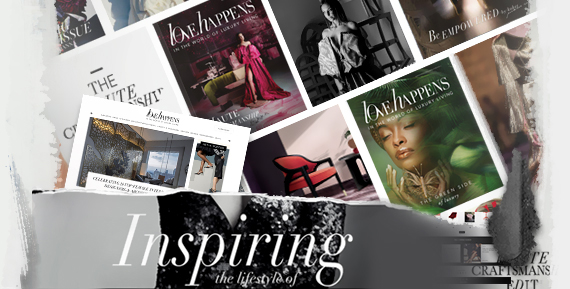Paintings and Artwork in Modern Interior Design

Artwork goes beyond decoration in interior design. It shapes the mood of a home, complements architecture, and expresses the personality of the owner. Paintings and other visual art aren’t afterthoughts, but focal elements that bring cohesion and purpose to interiors.
Intentional Art Placement
Art is often added after the furniture and paint. But designers who prioritise a beloved painting or art collection allow it to inspire the room’s palette, texture, and energy. Whether it’s an abstract canvas or a quiet, serene landscape, art helps dictate the room’s tone.
Minimalist walls often provide clean, understated backdrops for bold and meaningful art. The contrast emphasises the artwork – instead of clutter, the goal is clarity, where each artwork feels purposeful.
Stories Through Art
Storytelling and art is a natural pairing, one that has likely existed since the dawn of man. The British Museum has discussed how African rock art, ancient Assyrian carved stone panels, Chinese bronze mirrors, and Buddhist limestone panels expressed social lives and religious beliefs.
Meaningful artworks serve the same purpose in modern interiors. Paintings often evoke memories, symbolise an important idea, or hint at the homeowner’s values, priorities, or background. In a living room, a striking charcoal portrait or surreal painting, for example, can draw attention and spark conversation.
Curated walls with family-chosen or personal pieces tell stories in ways that furniture and decoration alone don’t manage. Even in minimalist, ultra-modern homes, the warmth and history in a painting soften cold finishes and bring some emotional depth.
Matching Art with Architecture
Modern interiors often emphasise clean lines, open spaces, and natural light. Art can work in harmony with these elements. For example, a large-scale black and white photograph can amplify the geometry in a modern loft. A fluid, colourful abstract can soften angular architecture, adding balance.
Colour schemes aren’t the only impactful element – texture, subject matter, and even framing all matter. A rustic wood frame adds contrast to a sleek metal-and-glass interior, grounding the space without taking over.
Religious and Cultural Art
Modern homes often reflect the diverse cultural and spiritual backgrounds of their owners. Religious artwork can function not only as a symbol of faith, but a celebration of heritage and identity. Jewish art, for example, blends tradition with modern taste. At the Israeli Center of Judaica (https://israelicenterofjudaica.com/), abstract paintings of the Third Temple and synagogues bridge contemporary design with cultural relevance. A framed ketubah, a stylised hamsa, or a modern interpretation of Jerusalem offers spiritual significance while not compromising the space’s overall design.
Mixing Mediums
Paintings are just one part of wall art. Modern designers and artists embrace mixed media – textile art, wood panels, metal sculptures, and layered collages. These dimensional works bring more variety to flat walls. A woven wall hanging can add warmth to a minimalist room; a metal relief can add a modern industrial touch. Mixing mediums allows art to interact with light differently, changing how a room feels throughout the day.
Last Word
In modern interiors, artwork brings emotion and identity into the everyday. Art shapes how spaces feel and function. The most interesting interiors reflect the people who live in them. With thoughtful selection and placement of artwork, a house becomes a home with meaning, story, and style.
More to Love!
What Type of Art Can You Invest In
The Singular Beauty of Naturalism Painting





